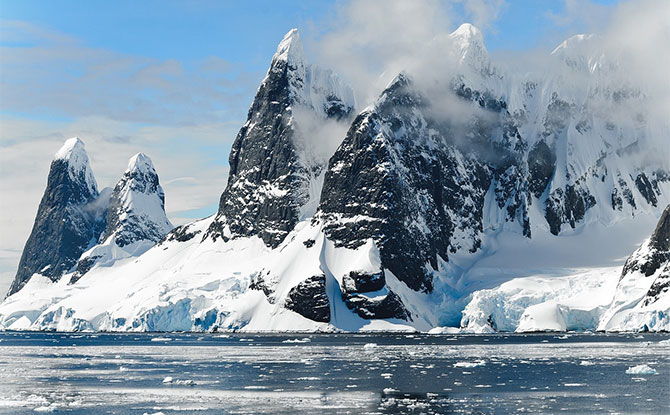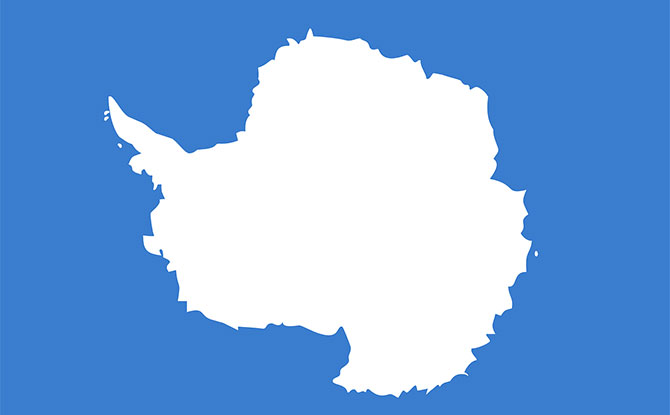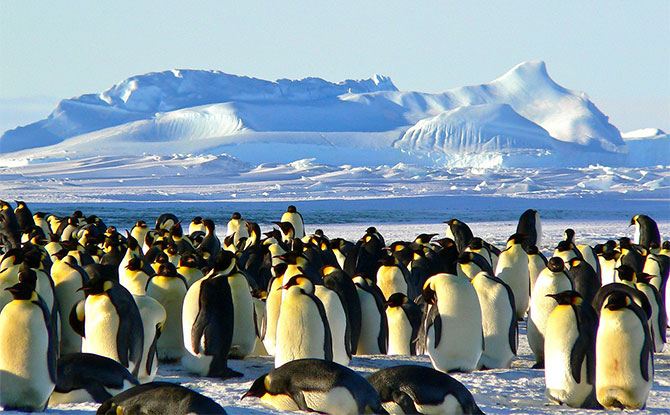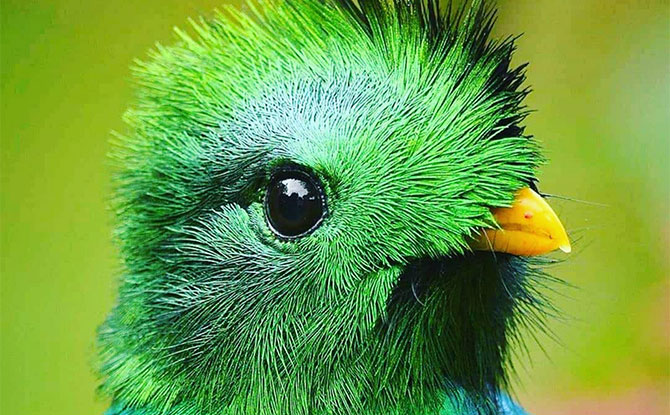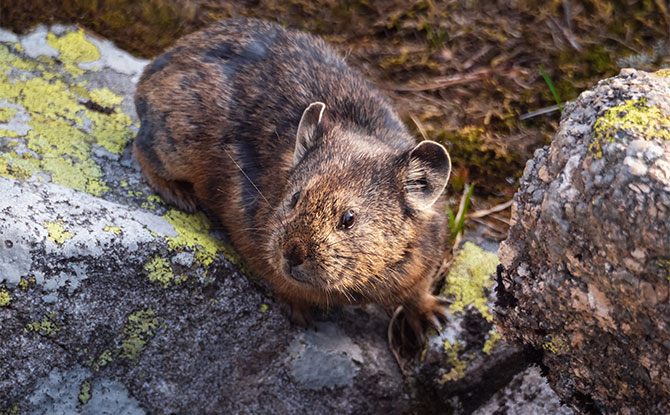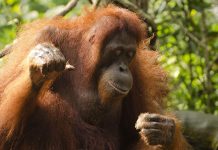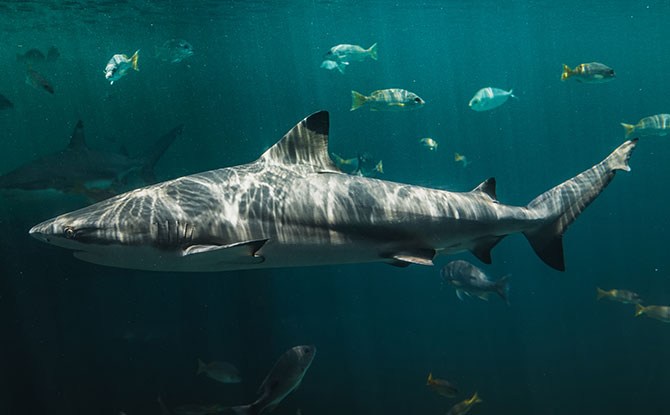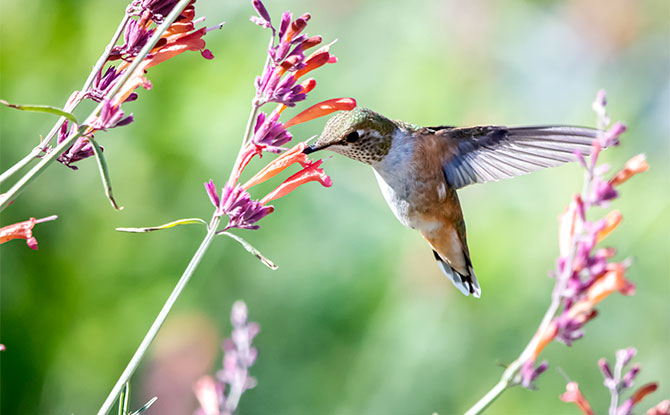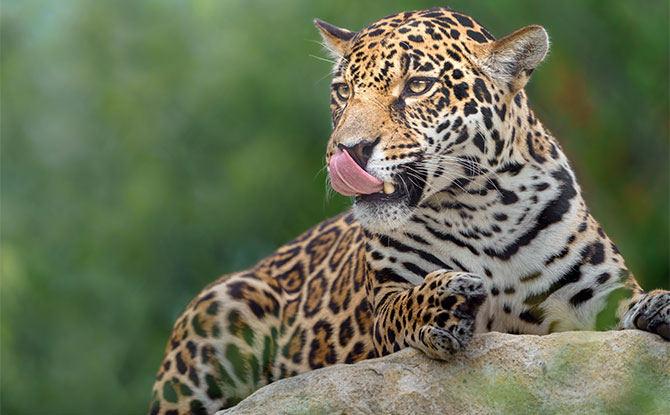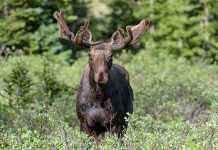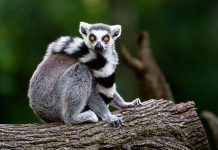
Did you know that Antarctica is the world’s driest, coldest, and windiest continent? Or that it’s home to 70 percent of the world’s fresh water, even though no one lives there? These are just a few of the fun facts about Antarctica for kids that will fascinate them.
Not only is the landscape of Antarctica fascinating, with snow-capped mountains to the icy plains, the animals of Antarctica are just as fascinating as well. From the penguins to the seals, there is an abundance of wildlife to be found. And they are all adapted to survive in the harsh conditions.
The history of Antarctica is also full of interesting facts. From its discovery to its exploration, there is much to learn about this continent. And how it has been used over the years.
Fun Facts About Antarctica for Kids That Will Astound Them
Year-end Holiday Camps: Discover Fun and Exciting Camps for Kids; Book Early
Farm Fright: Join City Sprouts For Their Halloween Bash On 26 Oct
When we think of Antarctica, we often conjure up images of a vast, white landscape, devoid of any life. But the truth is, Antarctica is teeming with fascinating stories and legends. Here are just a few of the most interesting facts about Antarctica, an amazing continent.
1. Antarctica is a continent located in the southern hemisphere, surrounded by the Southern Ocean.
2. Antarctica is the world’s southernmost continent.
3. Although it is not officially a country, Antarctica is governed by the Antarctic Treaty System, which was set up in 1961.
4. It is the world’s driest continent, with an average precipitation of only 200 mm per year.
5. It is also the world’s coldest continent, with an average temperature of -60°C (-76°F).
6. Antarctica is the world’s windiest continent, with winds reaching up to 160 km/h (100 mph).
7. The highest point on Antarctica is Vinson Massif at 4,982m (16,345 ft).
8. The coastline of Antarctica totals around 17,968 km (11,165 mi).
9. There are no permanent human residents on Antarctica. However, there are many research stations located on the continent, with a population of around 5,000 people during the summer months and 1,000 during the winter.
10. The population of Antarctica fluctuates depending on the number of people at the various research stations.
11. The first person to sight Antarctica was probably Fabian Gottlieb von Bellingshausen, a Russian explorer, in 1820.
12. John Davis, a sealer and explorer, was the first person to step foot on Antarctic land in 1821.
13. In 1899, Carsten Borchgrevink and his nine selected men became the first to winter-over in Antarctica.
14. The first person to reach the South Pole was Norwegian Roald Amundsen, who arrived on December 14, 1911. He was followed by Robert Falcon Scott five weeks later.
15. The Ross Ice Shelf is the largest ice shelf in Antarctica. It is about the size of France and covers an area of roughly 500,000 square miles.
16. The Gamburtsev Mountains are a mountain range that is buried beneath the Antarctic ice sheet. They were discovered in 1958 by a Soviet expedition.
17. Antarctica is home to 90% of the world’s ice and 70% of its fresh water.
18. Antarctica is the driest continent on Earth. On average, it receives only about two inches of precipitation per year.
19. The flags of seven different countries fly at McMurdo Station, which is the largest research station in Antarctica: United States, New Zealand, Chile, China, Italy, South Korea, and Brazil.
20. There has been seven proposals for Antarctica flags over the years.
21. English is the most commonly spoken language in Antarctica. Other languages that are spoken there include Russian, Mandarin Chinese, Italian, and Spanish.
22. There are no legal restrictions on travel to Antarctica. However, all visitors must obtain a permit from their country of origin before they can enter the continent.
23. Tourism to Antarctica has increased in recent years as more people become interested in visiting this unique and remote place. Currently, there are no airports in Antarctica, so all visitors must arrive by ship or plane.
24. The first woman to visit Antarctica was Caroline Mikkelsen, who arrived with her husband Captain Finn Ross in 1935.
25. The first woman to winter over in Antarctica was Dr Edith “Jackie” Ronne, who arrived in 1947 with her husband Finn Ronne and daughter Jennie Ronne-Filchner. Jackie Ronne also became the first woman to lead an Antarctic expedition when she led a party of six women to map the coast of Queen Maud Land in 1948 to 49.
More Interesting Antarctica Facts
Here are some more interesting facts about Antarctica, the hostile environment that is still home to an astonishing array of wildlife and is one of the most awe-inspiring places on Earth.
26 Humans have introduced 11 non-native invertebrates to Antarctica.
27. 98% of Antarctica is covered in ice.
28. The ice sheet is up to 4.8 kilometers thick in places.
29. The continent is divided into two parts: East Antarctica and West Antarctica.
30. East Antarctica is bigger and colder than West Antarctica.
31. West Antarctica is warmer and has more ice shelves (the floating part of glaciers that extends over the ocean).
32. Lake Vostok is Antarctica’s largest subglacial lake.
33. Under the ice, there are more than 150 subglacial lakes in total.
34. Gephyrocapsa oceanica is a type of algae that forms dense mats on the surface of Antarctic lakes.
35. Lake Bonney in East Antarctica is home to a species of worm that can withstand temperatures of -60 degrees Celsius!
36. Before it became a frozen desert after the Ice Age, Antarctica was actually a warm region with rainforests.
37. There are two flowering plants that grow in Antarctica: Antarctic hair grass and Antarctic pearlwort.
38. There are no fully land mammals in Antarctica, but there are many seals and whales in the waters around the continent.
39. The Weddell seal is the largest seal in Antarctica; it can grow up to 3 meters long and weigh up to 400 kilograms!
40. Orcas (killer whales) are the top predators in Antarctic waters; they prey on seals, penguins and even other whales.
41. Penguins are one of the most iconic animals associated with Antarctica; there are 7 different species of penguin found on or around the continent.
42. Emperor penguins are the tallest species of penguin; they can grow up to 1 meter tall!
43. The landscape of Antarctica is ever-changing and incredibly harsh.
44. Temperatures can drop as low as -89°C.
45. If all of the ice in Antarctica were to melt, global sea levels would rise by around 200 feet!
46. Antarctica is home to 90% of the world’s ice and 70% of the world’s fresh water.
47. There are over 100 volcanoes in Antarctica, although many of them are inactive.
48. The Antarctica has an active volcano: Mount Erebus, which is also the world’s southernmost active volcano. It has been erupting continuously since 1972.
49. The first people to ski in Antarctica were Norwegian explorers who did so in 1911.
50. Antarctica is home to many scientific research stations, as well as the headquarters of the United Nations Environment Programme.
51. There are no native insects in Antarctica.
We hope that you have found learning more about Antarctica and its interesting facts fascinating. Would you want to experience this amazing place for yourself?
If you enjoyed this story, you may also enjoy this one on fascinating facts about horses for kids.


